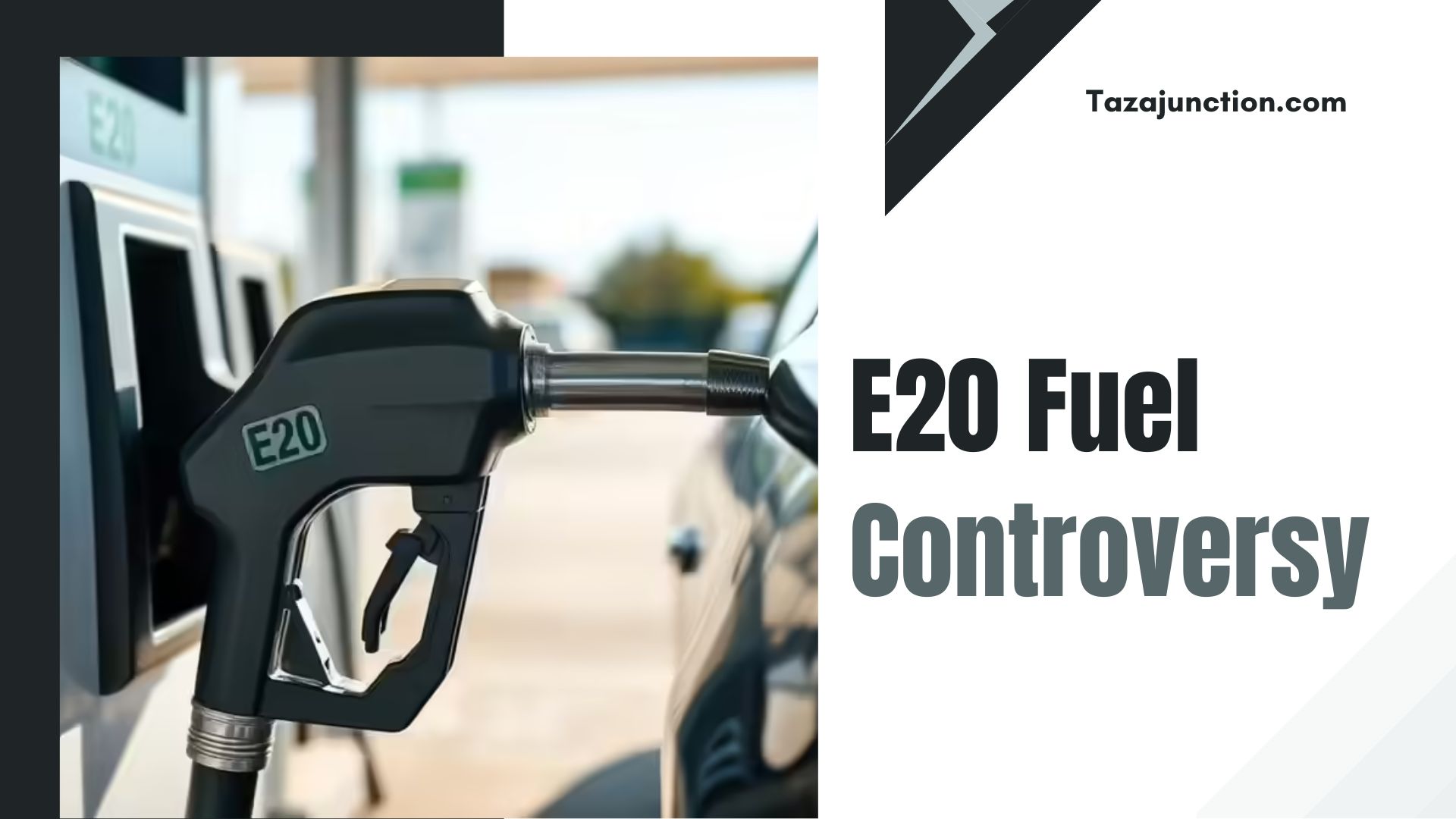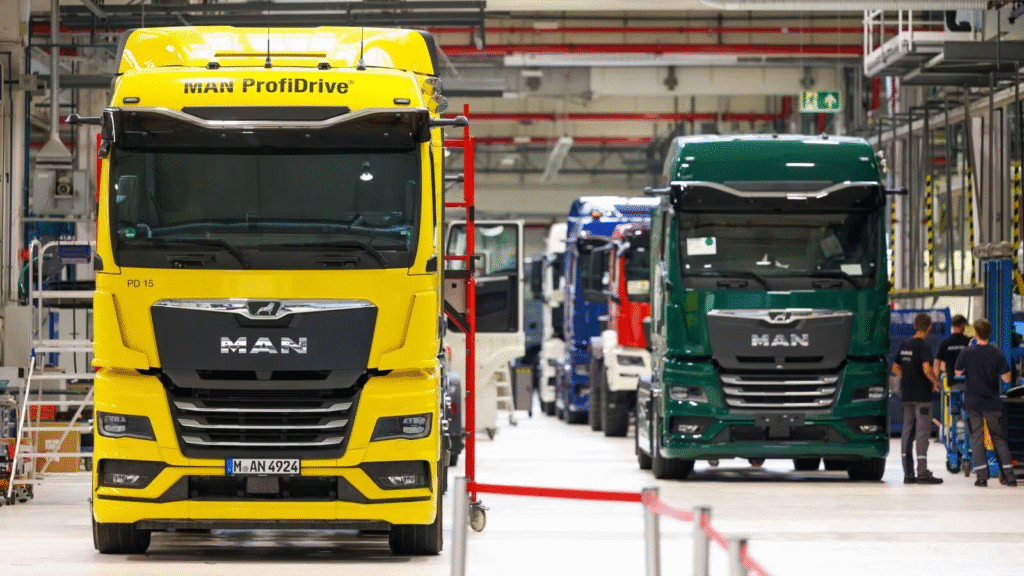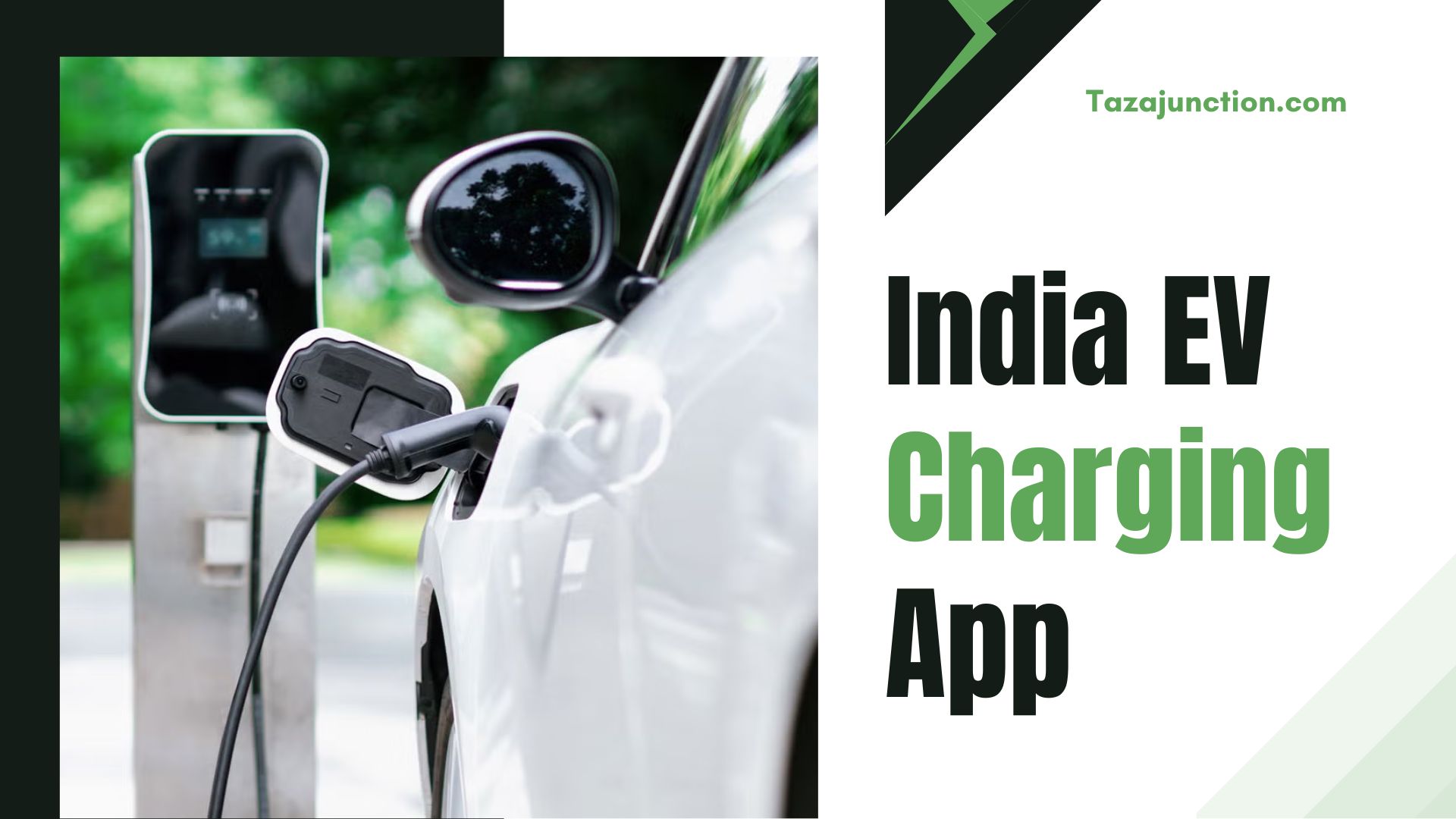In a dramatic move that blends politics, finance, and digital innovation, Trump’s World Liberty Financial tokens begin trading, sparking widespread debate across global markets.
The launch of these tokens marks a significant step into the world of blockchain-backed financial assets, and the timing could not be more controversial. With Donald Trump’s polarizing persona, the entrance of his brand into the cryptocurrency landscape has generated both excitement and skepticism.
The debut of Trump’s World Liberty Financial tokens begin trading reflects a growing trend where political figures, celebrities, and business leaders are increasingly leveraging blockchain technologies to extend influence beyond traditional sectors.
This new venture carries implications not only for financial markets but also for politics, regulation, and the broader future of digital finance.
Table of Contents
The Launch of World Liberty Financial Tokens
After months of speculation, Trump’s World Liberty Financial tokens begin trading across select cryptocurrency exchanges. These tokens, according to promotional materials, aim to represent “a new era of financial freedom” tied to blockchain’s decentralized promise.
The announcement was made through a high-profile event, where Trump himself emphasized the tokens as a tool for economic empowerment and independence from what he described as “failed globalist systems.”
The launch was accompanied by promises of security, transparency, and accessibility. Developers claimed that the tokens would be supported by robust blockchain infrastructure, offering scalability and potential use cases ranging from payments to cross-border transfers.
However, critics argue that branding alone cannot ensure adoption or stability in a highly volatile crypto market.
Market Reaction and Investor Sentiment

As Trump’s World Liberty Financial tokens begin trading, investor reactions have been divided. On one hand, Trump’s loyal base has shown enthusiasm, viewing the tokens as a symbolic investment in both digital finance and his broader movement.
Many early buyers celebrated the token’s entry as an opportunity to align financial assets with political identity. On the other hand, mainstream investors and financial analysts expressed concern about sustainability.
Several experts pointed out that the cryptocurrency market is already oversaturated with tokens, and distinguishing real utility from hype-driven projects remains a challenge. In their view, Trump’s World Liberty Financial tokens begin trading with more brand recognition than actual financial innovation.
Political Undertones of the Token
The trading of these tokens cannot be separated from their political context. Trump’s World Liberty Financial tokens begin trading at a time when Trump is once again a central figure in U.S. political discourse. Observers suggest that the token may not only represent a financial product but also serve as a rallying point for his supporters.
Some analysts view the launch as an extension of Trump’s strategy to harness alternative platforms, bypass mainstream institutions, and build financial ecosystems that reflect his political brand.
Critics argue this intertwining of politics and cryptocurrency risks turning digital assets into ideological battlegrounds, undermining the stability of both.
Comparisons With Other Celebrity Cryptocurrencies
Trump is not the first high-profile figure to launch a cryptocurrency. In recent years, numerous celebrities and influencers have attempted similar ventures, often with mixed results. Some faded quickly after initial hype, while others ran into regulatory scrutiny.
What sets this case apart is the combination of Trump’s global recognition, his political influence, and the timing of the launch. When Trump’s World Liberty Financial tokens begin trading, the move resonates far beyond crypto enthusiasts—it captures the attention of political observers, economists, and even regulators who fear potential misuse or market manipulation.
Regulatory Concerns
The entry of a politically charged figure into the cryptocurrency arena is bound to attract regulatory attention. Already, watchdogs in the U.S. and abroad are reportedly monitoring the rollout closely.
Financial experts warn that the trading of Trump’s World Liberty Financial tokens begin trading could raise red flags if transparency is lacking or if investor protections are compromised.
Questions about compliance with securities laws, money laundering safeguards, and fair market practices are likely to emerge as the tokens gain visibility.
Some regulators worry about retail investors being swept up by political enthusiasm, only to face financial losses in the event of volatility or mismanagement. This puts pressure on agencies to balance innovation with consumer protection.
The Role of Blockchain Technology
Despite controversy, it is undeniable that blockchain offers potential advantages. Proponents argue that the tokens can increase accessibility for individuals traditionally excluded from financial systems. If designed well, they could allow for fast, low-cost transactions and serve as a bridge to a more decentralized economy.
The challenge is execution. While Trump’s World Liberty Financial tokens begin trading, critics emphasize that blockchain itself is not a guarantee of success. The underlying governance, tokenomics, and adoption strategies will determine whether the project thrives or fades into obscurity.
Public Perception and Media Narratives

Media coverage of the launch has been intense, with narratives ranging from enthusiastic endorsement to outright dismissal. Supportive outlets frame the launch as a visionary step, portraying it as an effort to break free from traditional financial institutions. Critics, however, label it a publicity stunt designed more to bolster Trump’s brand than to revolutionize finance.
Regardless of the framing, Trump’s World Liberty Financial tokens begin trading has become a cultural talking point. It reflects the intersection of technology, politics, and economics in an era where digital assets are no longer confined to the fringes of financial markets.
Potential Impact on Global Markets
While the immediate impact on global markets may be modest, the symbolism is significant. If the tokens gain traction, they could inspire other political figures and organizations to launch branded cryptocurrencies, potentially changing the relationship between politics and financial ecosystems.
However, widespread adoption will require more than brand loyalty. For Trump’s World Liberty Financial tokens begin trading to leave a lasting mark, the project must prove its functionality, security, and utility in real-world scenarios. Without that, it risks being remembered as just another short-lived hype cycle in the volatile crypto space.
The Road Ahead
The future of this initiative remains uncertain. Will it be a serious financial product, or will it fade as a politically motivated experiment? Much will depend on how the token’s developers address regulatory challenges, build partnerships, and cultivate user adoption.
As Trump’s World Liberty Financial tokens begin trading, they symbolize both opportunity and risk. Supporters see them as a groundbreaking innovation, while critics fear they represent the worst excesses of celebrity-driven crypto hype.
What is clear, however, is that the launch has succeeded in drawing attention. Whether that attention translates into long-term success or cautionary tale remains to be seen.
Conclusion
The announcement that Trump’s World Liberty Financial tokens begin trading has set off debates in financial, political, and technological circles alike. It highlights the increasingly blurred lines between personal branding, digital finance, and governance.
For Trump’s supporters, the tokens represent empowerment and alignment with his vision of economic freedom. For skeptics, they raise red flags about financial stability and political opportunism.
In the end, the trajectory of this venture will depend on execution, transparency, and the ability to balance politics with genuine financial innovation.
What cannot be denied is that with Trump’s World Liberty Financial tokens begin trading, a new chapter in the story of cryptocurrency has begun—one that will be closely watched in the months to come.






















